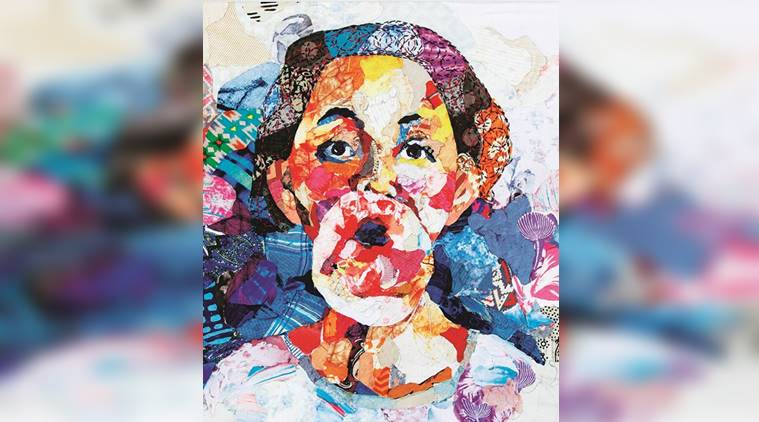 Work by Arpita Dey Mandala.
Work by Arpita Dey Mandala.
A woman of the Brokpa tribe from a village in West Kameng district, Arunachal Pradesh, beams with a heartfelt smile as she weighs chhurpi, the traditional cheese made from churned yak’s milk, before selling it. In another photographic frame, the Dirang Valley is replete with corn, that envelop houses and the roads in September when the crop is harvested, leaving the entire landscape submerged in a golden hue.
The corn is dried and turned into flour, snacks and beer later. Many similar hidden treasures from the Northeast form the crux of Vinay Sheel Oberoi’s exhibition ‘The Monpas and their Mountains’ that will be a part of Delhi’s annual festival “The IIC experience: A Festival of the Arts” beginning on October 27. This year’s theme is “Experiencing the North East”.
An array of dance, music, theatre, films, discussions, exhibitions and special cuisine from the region come together under one roof. The renowned Shillong Chamber Choir, founded by Neil Nongkynrih, kickstarts the festival with their performance.
The band has to its credit three gold awards that it won at 6th World Choir Games in Shaoxing, China, in 2010, and has performed for former US President Barack Obama at the Rashtrapati Bhavan during his state visit in the same year.
The play A Being – Human; Being Human Human Beings, brought together by Lapdiang A Syiem from Meghalaya and her team, explores the notion of what it means to be human in today’s world, against the backdrop of identity loss, displacement and violence. The body turns into a mere object.
Apart from screening award-winning films such as Santwana Bardoloi’s Maj Rati Keteki (2017), the film section will pay an ode to film director Aribam Syam Sharma by holding a retrospective that commemorates his contribution to Manipuri cinema. With a day dedicated to writers and poets from Arunachal Pradesh, Assam, Manipur, Meghalaya, Mizoram, and Nagaland to highlight their contributions to literature from the Northeast, Urvashi Butalia of Zubaan says, “A lot of writers are experimenting and building on the works of the older classical writers, who basically addressed more social realities and political histories of the Northeast.
Some of those writers will be coming for the festival, among them being Somi Roy, the son of the late Binodini Devi, the princess of Manipur; Mona Zote, who is a performance poet from Mizoram; and there will also be an anthology of Manipuri women’s writings.”
Visitors can also taste the flavours of Manipuri temple food as chefs Gurumayum Sanatomba Sharma and Hidangmayum Saratchandra Sharma from Manipur present their offerings. A Khasi dinner prepared by Chef Davidson Shangpliang from Meijong Restaurant are few of the other highlights of the festival.
The last day will witness artistes of the Jawaharlal Nehru Manipur Dance Academy, Imphal, present Raas Leela with a Manipuri twist. The dance theatre will explore the points of separation between Radha and Krishna, the humour surrounding the gopis and Krishna and the love ballads of Radha and Krishna, even as the pung (barrel drum), percussion instrument cymbal and the bowed mono-string instrument play in the background.